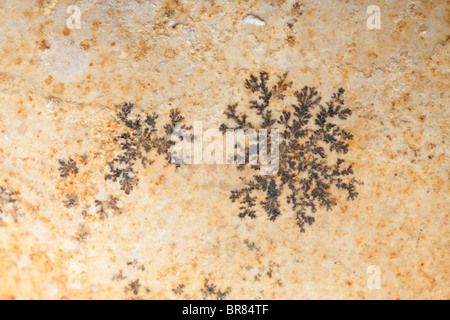
(ii) Their special function is linking and supporting other tissues/organs of the body. The tissues that either support or joins one type of tissue to other, muscle to bone or bone to bone called a connective tissue. Pancreas and gonads are the example for the heterocrine glands. (iii) Heterocrine glands/Mixed glands: The gland which has both exocrine and endocrine component in it is called heterocrine gland. Pituitary, thyroid, parathyroid, thymus, adrenal glands, etc., are some example for endocrine glands. (ii) Endocrine glands: Glands without ducts are called endocrine (endo=inside krinein=to secrete) or ductless glands. The salivary glands, gastric glands, intestinal glands, gastric glands, intestinal glands, sweat glands, oil glands, tear glands, mammary glands, etc., are some example for the exocrine glands. (i) Exocrine glands: A gland with duct is called an exocrine gland (exo = outside, krinein=to secrete). Inner lining of urinary bladder and passageways of urinary tract Transitional epithelium differs from that of stratified epithelium in having lesser number of layers i.e., 3 to 4 layers of cells. Outer layer of skin, lining of oral cavity, throat, vagina, and anal canal Protection, secretion, movement of mucus and cells. Lines the large ducts of gland like parotid, salivary glands, urethra of man, respiratory passages, and reproductive tracts and as components of olfactory mucosa. Large irregularly shaped columnar cells are present Lining of the oviducts, ventricles of the brain, central canal of the spinal cord, nasal passages, terminal bronchioles, and alimentary canal. Also, it lines the uterus.Īlso called microvilli or brush bordered columnar epithelium. Mucus producing cells are called goblet cells are present in certain regionįorms a lining of the stomach, small intestine, colon, gall bladder, gastric glands, intestinal gland, and pancreatic lobules.

The cells of the simple columnar epithelium are tall pillar like and are placed side by side.

Protection, secretion, absorption, and gamete formation.Īlso called microvilli or brush bordered cuboidal epithelium. In gonads it carries out the function of gamete formation while in pancreatic duct and salivary duct it carries out the function of protection. Thyroid gland, sweat gland, salivary gland, and pancreatic glands where it helps in secretion. The cells of the cuboidal epithelium are almost cube-like (v) Gap junctions allow the movement of ions, signals, and biomolecules between adjoining cells.īowman’s capsule of the kidney tubules, the terminal bronchioles and alveoli of lungs, endothelium of the blood vessels, lymph vessels, innermost layer of heart and coelomic cavities. (iv) The adhering junction cement and adjoining cells with desmosomes, interdigitation, etc. (iii) The tight junction prevents the leakage of substances. (ii) The neighbouring epithelial cells are held together by three types of intercellular junctions such as tight junction, adhering junction and gap junction. (i) The epithelia are derived from all three germ layers. All rights reserved.The tissue that covers the outside of the body and lines organ cavities within the body is called epithelia or epithelium. These findings suggest that regulated proteolytic alteration of the extracellular matrix microenvironment might be a fundamental mechanism to drive a large-scale change of dendritic structures during reorganization of neuronal circuits.Ĭopyright 2010 Elsevier Inc. Further genetic analysis indicates that Mmp2 promotes the dendrite reshaping through local degradation of the basement membrane upon which dendrites of the sensory neurons innervate. We also find that the dendrite reshaping is completely blocked in mutants for the matrix metalloproteinase (Mmp) 2. This radial-to-lattice reshaping arises from rearrangement of the existing radial branches into the lattice-like pattern, rather than extensive dendrite pruning followed by regrowth of the lattice-shaped arbors over the period. Here we show that dendritic arbors of adult Drosophila sensory neurons are rapidly reshaped from a radial shape to a lattice-like shape within 24 hr after eclosion. In response to changes in the environment, dendrites from certain neurons change their shape, yet the mechanism remains largely unknown.


 0 kommentar(er)
0 kommentar(er)
